Support grows for a return to ice giants Uranus and Neptune
The solar system's two most distant worlds may be ready to give up their secrets
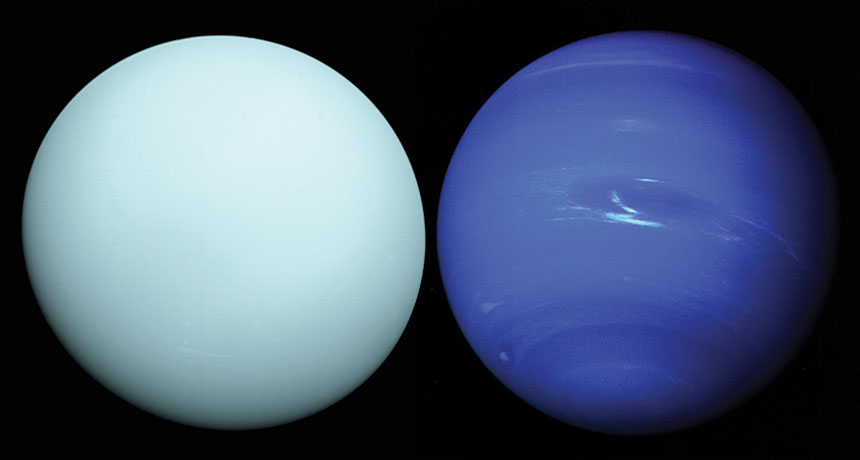
THE OTHER BLUE PLANETS Uranus (left) and Neptune (right) have not been visited since Voyager 2 sped by in the late 1980s. Many researchers argue that it’s time to go back.
Both: JPL-Caltech/NASA
- More than 2 years ago
In the cold periphery of the solar system, two enigmatic sentinels saunter around the sun. One circuit along their vast orbits takes on the order of a century. Seasons are measured in decades. At such great distances from Earth, these worlds give up their secrets slowly. While every other planet in our solar system has been repeatedly poked and prodded by orbiters and landers, Neptune and Uranus, save a brief tour in the 1980s, remain largely unexplored.
Thirty years ago, the Voyager 2 spacecraft tore past Uranus, then flew by Neptune less than four years later. These quick sojourns introduced scientists to two planets that had been vague blue splotches in their telescopes. In the years since, bigger and better instruments have teased out a bit more information and revealed a few surprises.
But there’s only so much planetary scientists can learn from a couple billion kilometers away. That’s why researchers in both the United States and Europe think it’s time to go back to Uranus or Neptune — the solar system’s “ice giants.” Unlike the show-stopping flyby of Pluto in 2015, a new mission to one of the blue worlds would have more time to take in the view.
In August, NASA’s Jim Green gave engineers at the Jet Propulsion Laboratory in Pasadena, Calif., one year to figure out what it would take to put a spacecraft in orbit around Uranus or Neptune. These worlds are “an important frontier,” says Green, director of the Planetary Science Division at NASA headquarters in Washington, D.C. “We really don’t know much about them.” New rocket designs and recent exoplanet discoveries have made the ice giants more accessible and more relevant than ever. “This is a really exciting time for us to be able to study them,” he says.
The ice giants aren’t frozen orbs; they’re actually quite gassy. But Uranus and Neptune have a lot of water, ammonia and methane, which astronomers refer to as ices, whether the compounds are frozen or not. Jupiter and Saturn, by comparison, are mostly hydrogen and helium, which remain gases at nearly any temperature. The inner planets are relatively tiny balls of rock.
Story continues after slideshow
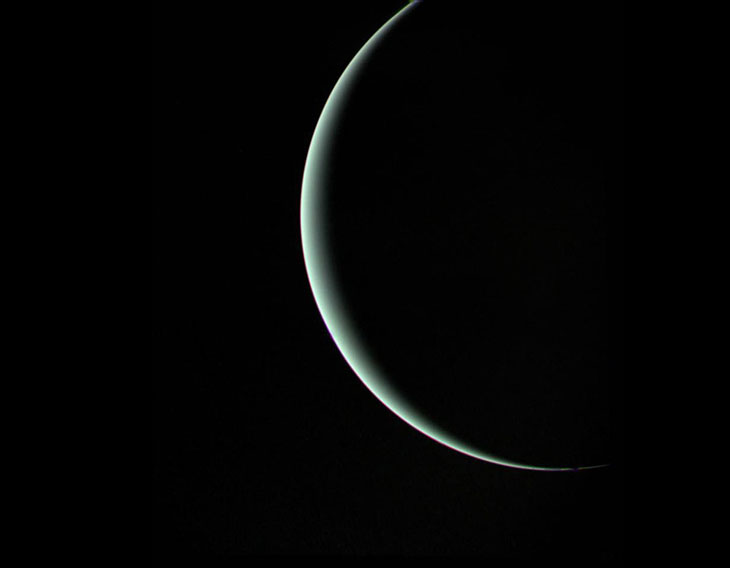
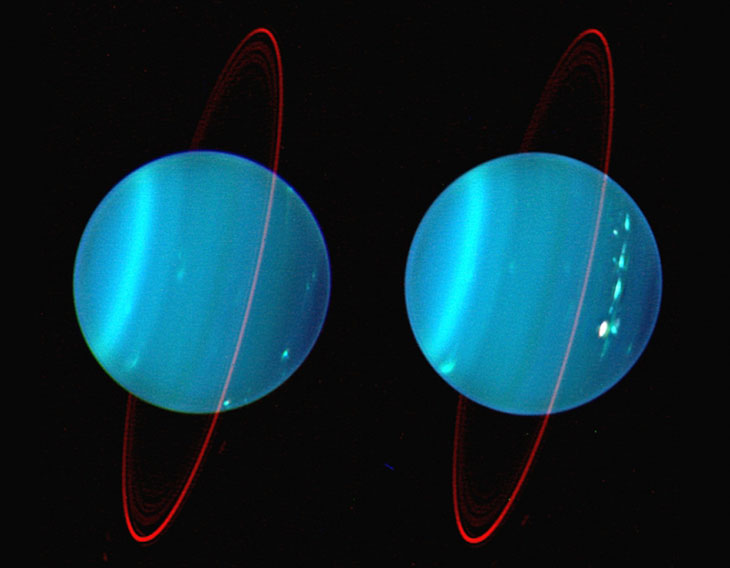
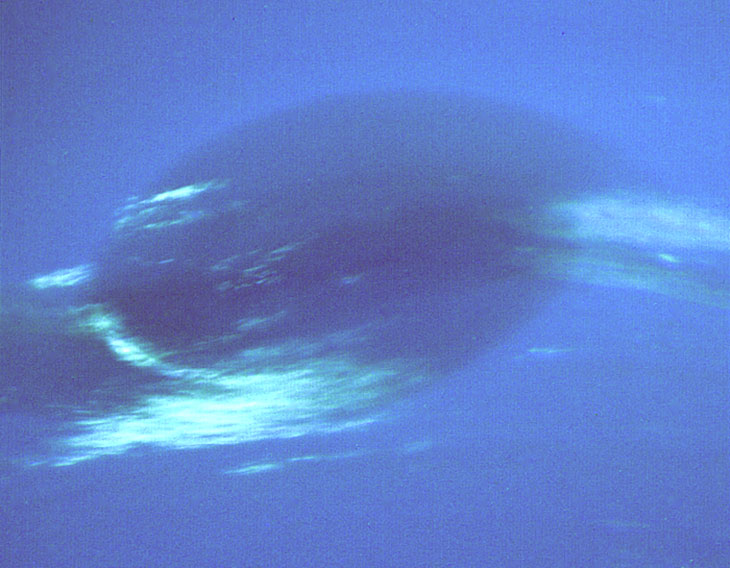
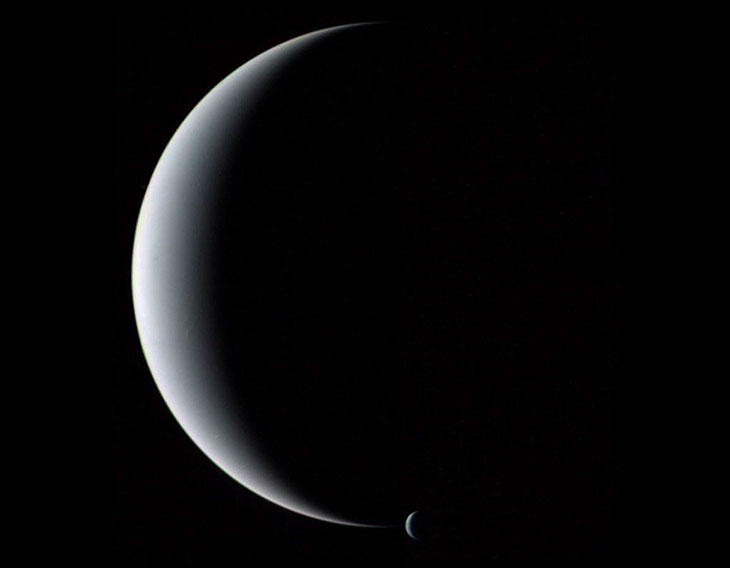
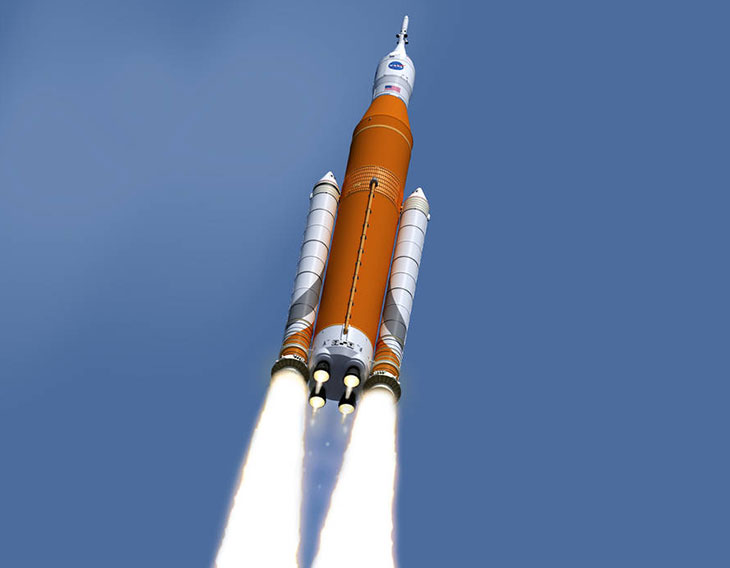
Astronomers have learned a lot in the three decades since Voyager. Researchers now know that as the giant planets jockeyed for position more than 4 billion years ago, Uranus and Neptune helped create the Kuiper belt, the ring of icy debris that is home to many comets. And when Voyager 2 departed Neptune in 1989, astronomers knew only of the planets that orbit the sun. Since then, researchers have cataloged about 2,000 planets around other stars, and the Kepler space telescope has shown that the most common type is the size of Uranus and Neptune. Ice giants, or something like them, might be the most popular type of planet in the galaxy.
“We barely understand the two in our own backyard, and we’re finding so many around other stars,” says Candice Hansen, a planetary scientist with the Planetary Science Institute in Tucson, Ariz. “How do we interpret these planets around other stars if we barely know our own?”
A closer look
Uranus and Neptune are the only planets (sorry, Pluto) in the solar system to be discovered since the invention of the telescope (for hints of a new planet, see SN: 2/20/16, p. 6); the others have been known since antiquity. William Herschel stumbled upon Uranus in 1781; astronomer Johann Galle spotted Neptune in 1846, almost exactly where mathematicians Urbain Le Verrier and John Couch Adams predicted an eighth planet should be.
Story continues after graphic
Swinging by
In 1977, Voyagers 1 and 2 embarked on a road trip that took both past Jupiter and Saturn. Voyager 1 sought out interstellar space, while Voyager 2 turned left for Uranus and then Neptune.
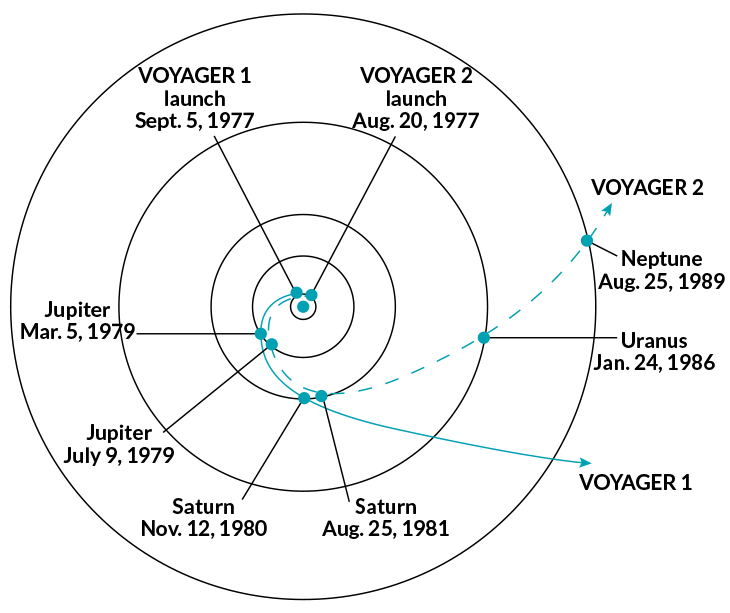
Before Voyager arrived, researchers knew little about the two outliers. “They hold their secrets very tightly,” says Heidi Hammel, a planetary scientist at the Space Science Institute in Boulder, Colo. At 2.9 billion and 4.5 billion kilometers from the sun, Uranus and Neptune “are right at the very edge of what we can do with great telescopes,” she says.
Scientists had figured out a few properties though. Both planets are about four times as wide as Earth and roughly 16 times as massive. The closer one, Uranus, takes 84 years to orbit the sun; poky Neptune needs nearly double that time. Each has a family of small moons and a set of dark rings (Neptune’s rings were suspected, then confirmed by Voyager 2).
From early on, Uranus stood out as possibly the oddest planet of all: It’s a world knocked over on its side, probably by some long ago collision with an interplanetary interloper, leaving it with extreme seasons that endure for decades. Based on observations from Earth, there didn’t appear to be a lot happening on Uranus. “It looked just like a cue ball in outer space,” Hammel says. Neptune, by contrast, flickered as reflective clouds whipped around the planet, but that was about all it was willing to reveal.
A slower pace
Time drags on the ice giants (drawn to scale with Earth). Uranus needs 84 Earth years to loop around the sun. New Year’s resolutions on Neptune, meanwhile, come only once every 164 Earth years.

Getting up close and personal was the only way to learn more. When Voyager 2 arrived at Uranus on January 24, 1986, it was greeted by a bland world. The aquamarine cloud deck showed very little activity, earning Uranus a nickname of “the boring planet.” Voyager did pick up an unusually complex magnetic field and a few new rings. The spacecraft also got a good look at the planet’s posse of icy moons, including Miranda, a strange satellite that looks like someone smashed it apart and then hastily glued it back together.
Three years and seven months later, Voyager 2 soared over the north pole of Neptune, where it found a much more vibrant planet. The royal blue atmosphere churned with storms, and a blemish nicknamed the Great Dark Spot reminded scientists of the colossal red storm on Jupiter. Voyager clocked clouds on Neptune moving at more than 2,000 kilometers per hour — the fastest recorded winds in the solar system. On Neptune’s largest moon, Triton, cryovolcanoes erupted over pitted terrains, hinting at geologic engines churning inside.
But many mysteries remain that are challenging if not impossible to wrestle with from Earth. Uranus gives off very little heat, while the more distant Neptune is by comparison a planet-sized furnace. Magnetic fields emanating from both worlds are unlike those seen at other planets: The fields are significantly tilted from the spin axes and appear to be generated far from either planet’s core. Neptune’s rings clump together into arcs while the ones around Uranus possibly reach down into its atmosphere. Half of the real estate among Uranus’ moons remains uncharted.
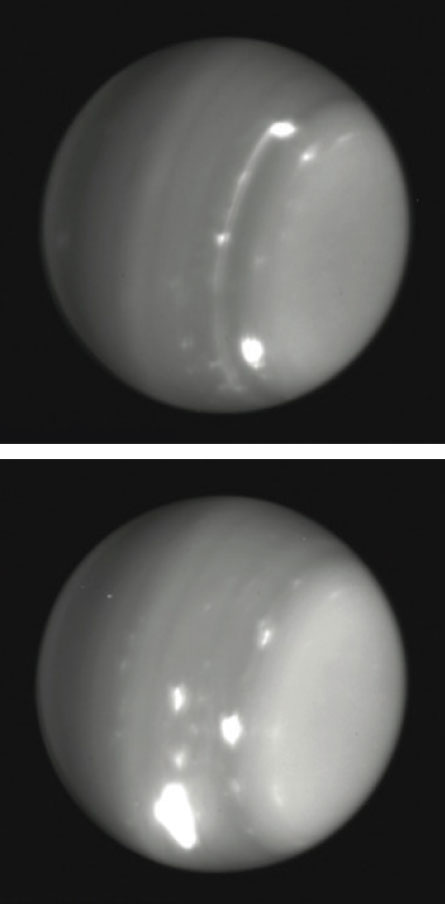
Since then, premier observatories such as the Keck telescopes in Hawaii and the Hubble Space Telescope in low Earth orbit have pushed beyond Voyager’s legacy. They’ve picked up rumblings from Uranus, which seems to be waking up. As southern summer on Uranus gave way to fall in the mid-2000s, storms appeared and the atmosphere looked more like Neptune’s. “Our idea of a boring blue ball probably wasn’t quite correct,” says Amy Simon, a planetary scientist at NASA’s Goddard Space Flight Center in Greenbelt, Md.
But sophisticated telescopes have their limits. “Getting images of the planets is nowhere near enough,” says Leigh Fletcher, a planetary scientist at the University of Leicester. “To understand the physics and the chemistry, you need to be there.”
Go big or go home
In 2010, researchers in Europe tried to persuade the European Space Agency to pursue a Uranus orbiter as a “medium-class” mission, at a cost of roughly 500 million euros. That failed bid was followed by an opportunity in 2013 for a more comprehensive “large-class” — or 1 billion euro — mission, and a 2014 request for medium-class mission ideas. ESA ranked the ice giant proposals high every time, but not high enough to be funded. The agency will issue another call for medium-class missions this spring, but it’s a tough sell, Fletcher says.
One problem for Europe is that it doesn’t have access to the nuclear energy needed for travel so far from the sun, where solar panels are useless. NASA, however, is funding production of plutonium-238, a radioactive element whose heat, once transformed into electricity, can power a remote spacecraft. “The whole landscape would change if there was a strong push from NASA to fly one of these missions,” Fletcher says.
Fletcher and his European colleagues just might get their wish. In 2011, the U.S. planetary science community ranked Mars, Europa and Uranus as the top priorities in the coming decade for a NASA flagship, its biggest (and most costly) mission class (SN: 4/9/11, p. 16). Plans for Mars and Europa are under way. By September, JPL will present NASA with some ideas for an ice giant flagship including details on what the space agency needs to invest in to accomplish its science goals.
What exactly that science entails depends on which ice giant the spacecraft visits. Each planet has appeal. Because Uranus is knocked over on its side, its seasons are extreme; the poles see 42-year stretches of continual sunlight followed by equally long periods of darkness. That makes Uranus a great testing ground for ideas about how planets work, Fletcher says, by seeing how these theories hold up on a sideways planet. Point for Uranus.
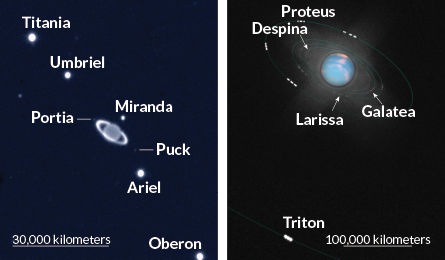
On the other hand, maybe Uranus is a little too weird. Neptune might be the better target for understanding how a typical ice giant behaves, which is important for understanding many of the planets orbiting other stars. Voyager 2 already showed that Neptune’s atmosphere is churning with storms, offering plenty of fascinating details to pore over. Uranus, though starting to stir, is relatively sedate. Point for Neptune.
When it comes to the moons, the situation is reversed. “If we go to Neptune, we’ll see a normal planet but not normal satellites,” says Mark Hofstadter, a planetary scientist at JPL. “If we go to Uranus, we’ll see an oddball planet but normal satellites.”
Uranus has five major moons and 22 diminutive ones. Researchers suspect that these are the planet’s original satellites and might be a good example of what forms around an ice giant. Because the entire system — planet, rings and moons — is tipped over, Voyager 2 was able to see only one hemisphere of each moon. An entire half of the system remains hidden. “The satellites are really terra incognita,” Fletcher says. Point: Uranus.
But Neptune has Triton, a crown jewel of the outer solar system. “It’s a fascinating frozen paradise,” Hansen says. Like Saturn’s moon Enceladus (SN: 12/26/15, p. 23), Triton has erupting geysers, possibly linked to a subsurface ocean. The surface has been remodeled in the last 10 million years or so, which is pretty recent by solar system standards and hints at active geology. Point: Neptune.
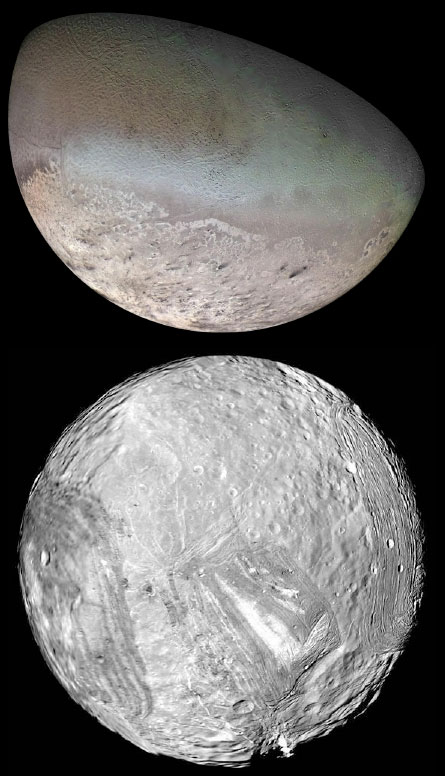
Triton is also not native to Neptune. The moon, which orbits in the opposite direction of Neptune’s rotation, was probably pilfered from the Kuiper belt, the field of frozen fossils where Pluto lives. “It’s a cousin to Pluto,” Hammel says. “Pluto and Triton are a wonderful matched pair to do comparative studies.” Double points for Neptune.
Both planets are such enigmas that a mission to one or the other will have plenty to teach planetary scientists. “Most folks would be happy to go to either one,” Simon says. The decision is more likely to come down to logistics: “What’s the sweet-spot mission that gets you the most science for your dollar.”
Getting to the ice giants won’t be easy. A spacecraft needs roughly a decade just to get to its destination. There are ways to shorten the trip such as getting a gravity kick from Jupiter or Saturn, but that depends on the planets being in the right place at the right time.
All things being equal, Uranus is closer and therefore easier (and cheaper) to get to. But if there’s a trajectory that grabs an assist from Jupiter or Saturn, Neptune might be the better bet. NASA’s Space Launch System, a powerful rocket scheduled to debut in late 2018, could shake things up. “It’s the largest rocket that this world has ever produced,” Green says. “It has incredible oomph for getting anything into space very fast.” A spacecraft launched atop the SLS might need only a few years to reach an ice giant.
Shortening the interplanetary cruise saves time and money, but the faster the spacecraft goes, the harder it must hit the brakes at journey’s end. “You have to throw off one of your science instruments to carry the extra fuel to slow down,” Hofstadter says. One solution is a daredevil maneuver known as “aerocapture,” where the planet’s atmosphere does most of the work. The spacecraft has to plow through the atmosphere deep enough to slow down but not so deep that it burns up. Some missions closer to home have used a gentler version of aerocapture to tweak trajectories. No one has used it for orbit insertion.
JPL’s task this year will be to evaluate those risks and explore mission options for each planet. “Both have stories to tell,” Hansen says. “You can’t go wrong — either one would be revolutionary.”
The New Horizons mission to Pluto showed what can be learned by flying a 21st century spacecraft past an unexplored world (SN: 12/26/15, p. 16). Researchers had a good idea of what might be waiting for them, but the reality exceeded expectations. “Pluto is a fabulous example of wherever we look, we discover amazing new things,” Fletcher says. “The frontier now lies out at the ice giants.”
This article appears in the February 20, 2016, issue of Science News with the headline, “Secrets of the ice giants: Time to shine some light on Uranus and Neptune, our two most far-out planets.”
Editor’s note: This article was updated on Feb. 11, 2016, to correct Leigh Fletcher’s affiliation. He is now at the University of Leicester.







